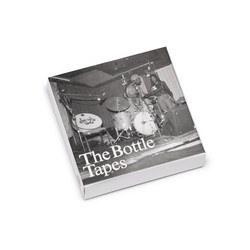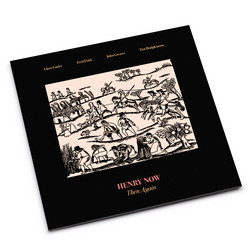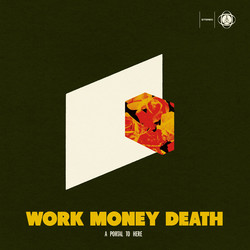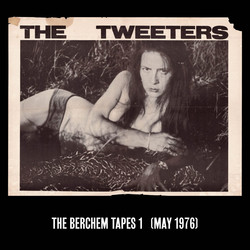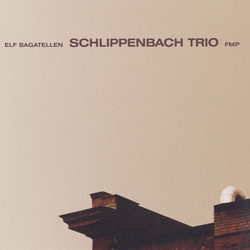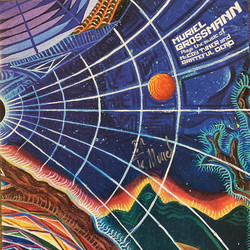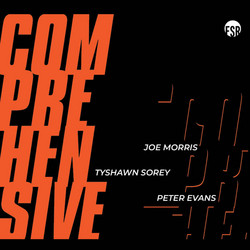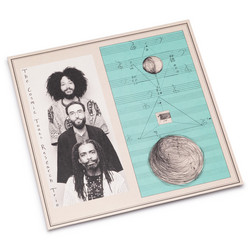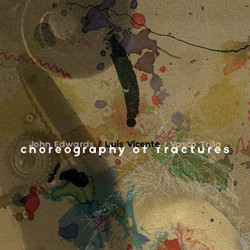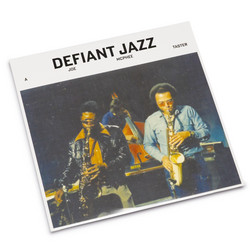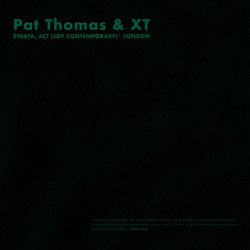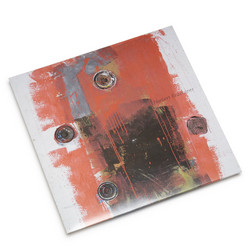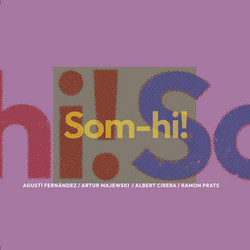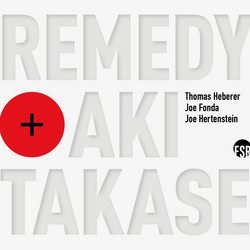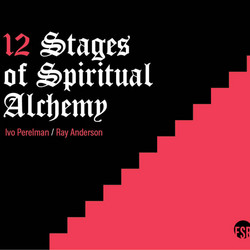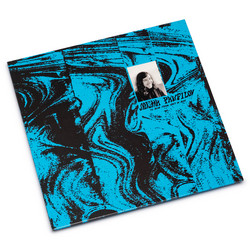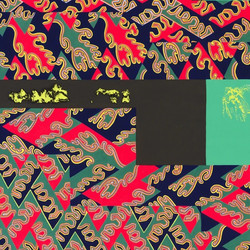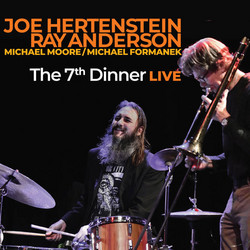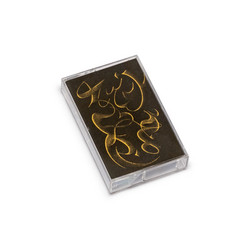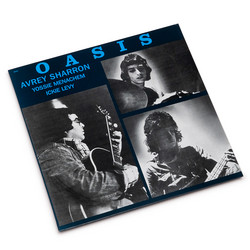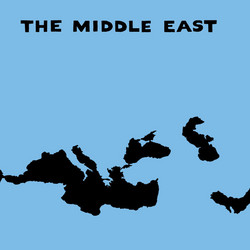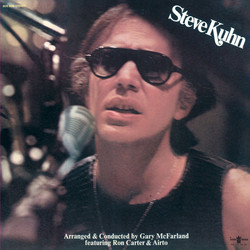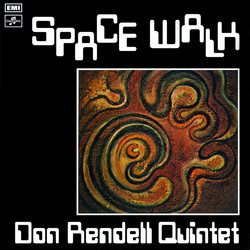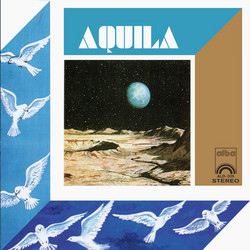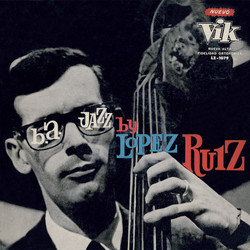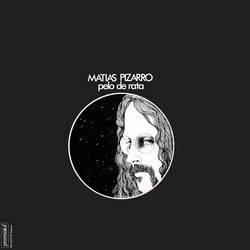**2021 stock. In process of stocking** Heavyweight Vinyl, Original Glued Prints on Thick Cardboard 700 gram / 2 Separated parts handily gluing, PVC Outersleeve. Originally released in tiny numbers in Israel in 1977. The fascinating thing about jazz is not so much where it came from, but where it went, how it changed and how it seemed to effortlessly mix with local styles and traditions. In some ways, it’s no surprise that jazz found a fertile home in Israel. Much has been written about the connections between Hebrew traditional music and jazz, particularly the ‘blue notes’, that evoke that sense of longing, so prevalent in jazz.
The development of jazz in Israel in the 60s and 70s centred around key composers and players, and among the most important was Bulgarian born composer and band leader Stu Hacohen, who settled in Israel in 1949. Hacheon became a price mover in the Israeli music scene, and within jazz in particular. Playing with Maurice ‘Pisi’ Osherowitz in the 50s and early 60s, Hacheon was among the first proper jazz musicians in Israel, providing arrangements for numerous artists. In particular, Hacohen became noted for is work with his wife, the singer Ramona Francis, releasing a set of albums that mixed Hebrew music with jazz and scat vocal styles. Although he left Israel in the early 70s (he returned in the 80s), Hacohen’s work had stimulated a jazz scene that would produce a small but fascinating array of artist and recordings through the 1970s.
Several important jazz groups and projects emerged in the early 70s, among them were Platina, featuring Arale Kaminsky and Roman Kunsman, and Jazz Workshop. Jazz Workshop are best known for their landmark fusion of jazz, Hebrew and Arabic musical forms on the album 'Mizare Israel Yekabtzenu’, released in 1972. Another key group that emerged during this crucial febrile period was Oasis, fronted by jazz guitar maestro Avery Sharon. He was joined by bass player Yossie Menachem, drummer Ickie Levy & pianist Doodie Rosenthal (who also mixed the album). Their one album, cut live in the studio in June 1977, is a major development in the evolution of the Israeli jazz/fusion scene, encompassing original compositions as well as intriguing interpretations of Leon Russell alongside a Jimmy Van Heusen and Johnny Burke classic! The Oasis recording contains lilting textures and colourful washes of sound, with the band really letting loose, interweaving and parrying like prize fighters. The musicianship is of a very high standard and it’s a shame the group did not record more. Thankfully, we have this one artefact for fascinating period in Israeli music history that still sounds vital today. Incidentally, the Osasis album was one of only two released on the Krypton label, the other being the ‘Peace’ album by Zingale.

